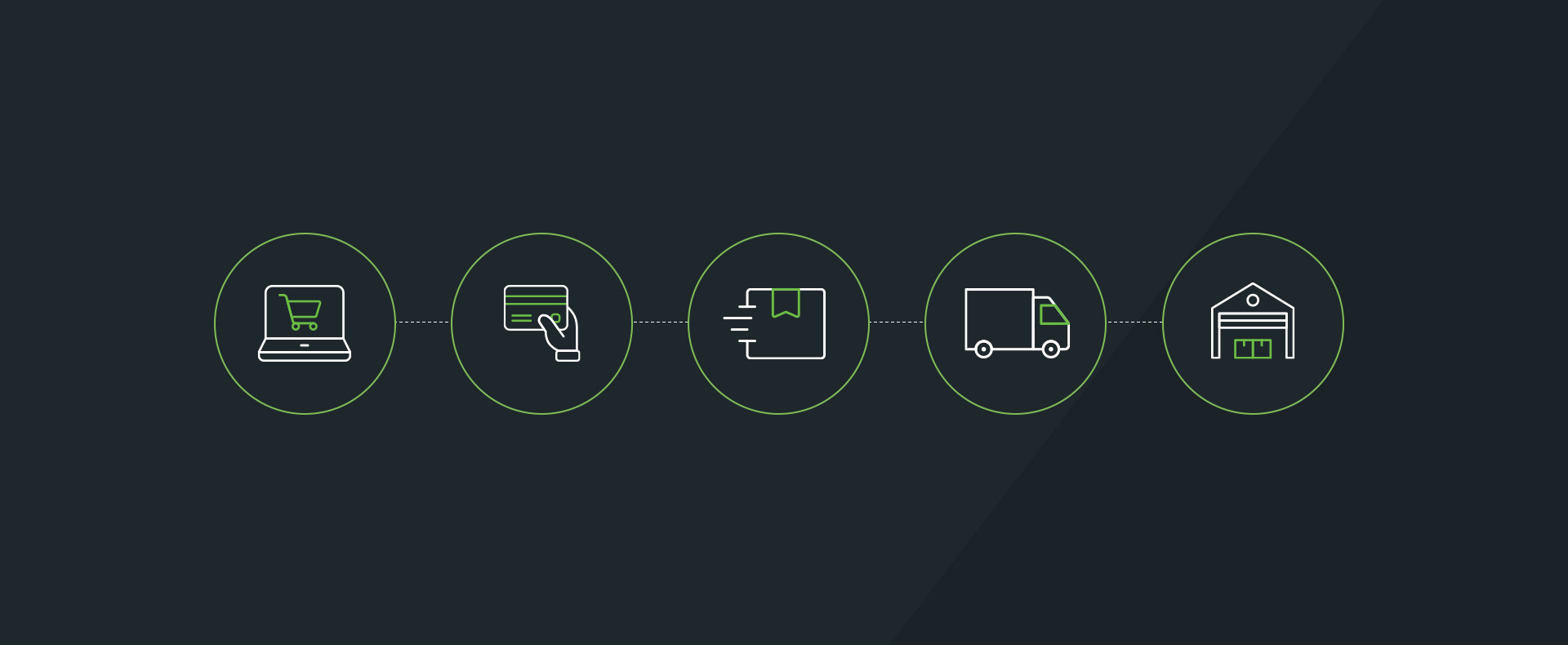3 Common Ways to Improve Retailer’s Customer Service with Mobile
Alexa Lemzy is the customer service manager and content editor at Textmagic.com. She is passionate about excellent customer support, mobile technologies, and business communication. You can reach her on Twitter.

Mobile text messaging is a cost-effective way for retailers to deliver better customer service. Research shows that 95% of Americans own a cell phone of some sort and 91% have their smartphones within reach 24/7. By 2020, the global mobile phone market will grow to 5.4 billion.
When you look at these numbers, it’s easy to see why retail mobile marketing makes sense. The right strategy can drive growth, increase brand awareness, and boost sales. It can also lead to an increase in customer engagement. Here are 3 ways mobile can improve customer service.
Mobile Text Messaging
Mobile marketing allows retailers to deliver better customer service via SMS. This simple form of communication has high open and response rates. It’s also very accessible – customers can get messages regardless of their location, internet connection or mobile device.
Mobile text messaging also gives retailers the ability to send important notices to customers. For example, they can notify them of an expiring membership or provide useful tips about their recently purchased product.
38% of UK retailers are already using two-way text messaging to boost sales — and customers love it. According to a study by Harris Poll, 64% of customers are more likely to have a positive perception of a company if it offers text capability. Furthermore, 38% of customers prefer to use mobile text messaging to check their order status.
SMS not only delivers quick solutions to customers, but it also helps build trust. This is especially important in situations when customers are thinking of buying something.
Self-Serve Mobile Pages
67% of customers prefer to solve a problem themselves rather than waiting for support. Retailers are well aware of this trend, and many have started to add mobile-optimized FAQ pages to their websites to help customers serve themselves.
FAQ pages provide answers to frequently asked questions from other customers. This eliminates the need for customers to pick up the phone and contact customer service. And in the long run, it helps businesses reduce customer support costs.
Businesses can also use videos to enable better mobile self-service. It’s often easier to walk customers through a complicated process on video than it is using written text. For example, Sony uses its YouTube page to showcase their products and provide tutorials on how to use them.
28% of smartphone users already watch at least one video per day, so it only makes sense for retailers to add video to their content mix. Retailers can also take things a step further by publishing blog posts with useful tips. These posts can show customers how to make the most out of their products or services, and link back the FAQ pages where they can learn more about solving specific issues.
Whether a retailer uses a video or a blog post, the most important thing is to make sure it’s easy to access on mobile. 79% of consumers who have a negative experience with a mobile site are unlikely to buy from that site again.
In-App Customer Support
Today’s customers expect to have 24/7 access to customer support. A 2017 study from Arise found that almost two-thirds of customers expect to receive help within two minutes or less. And a further 13% agree that “no wait time is acceptable.”
One way retailers can address this is by using an in-app help desk with live chat. For example, Home Depot has a message center where customers can get support for a wide range of issues. The company promotes the benefits of the message center immediately after users download the app to encourage them to use it.
Without an in-app customer support system, customers may feel the need to voice their frustration on social media and other public forums. This can have a negative impact on a retailer’s reputation and sales.
Personalization
Excellent customer service is all about delivering personalized experiences to customers. This starts from the on-boarding process and continues all the way to the final sale. Sephora is an example of a retailer that does this particularly well.
In the past few years, the company has updated its mobile experience to create a tailored purchase path known as “assisted self-service.” This strategy allows shoppers to interact with the brand without any interruptions. For example, shoppers can virtually try out makeup using the mobile experience to make sure they find the right shades for their skin tone.
“Mobile is the perfect way to solve two of the biggest problems when it comes to contouring,” said Bridget Dolan, vice president of innovation for Sephora. “We can use technology to crack that problem, using a device they already have,” she said.
Walgreens is another example of a retailer using personalization in their mobile experiences. They recently launched a personalized health plan called Digital Health Advisor. It allows customers to track their health over time, and connect their Fitbit data to the app. They can also use it to earn points towards their Walgreens Balance Rewards program.
Final Thoughts
Creating a mobile strategy is no longer an option for retailers. It’s become a necessity in today’s connected world. Companies with a robust mobile text messaging plan not only benefit from having better customer support, but they also increase sales, brand awareness, and customer loyalty.
Mobile technology enables faster response times for customer issues. It leads to greater cost-savings, improved personalized experiences, and higher customer satisfaction. And customers are also more likely to refer others to a retailer if they’ve had a positive customer support experience.
Studies have shown that a person who receives a positive experience will refer an average of nine people to a business. And that it takes 12 positive experiences to repair the damage caused by a single unresolved negative one. That fact alone should be enough reason for a retailer to start using mobile customer service.
What are your thoughts on mobile customer service? Do you think it’s a necessity? Let us know in the comments below.





